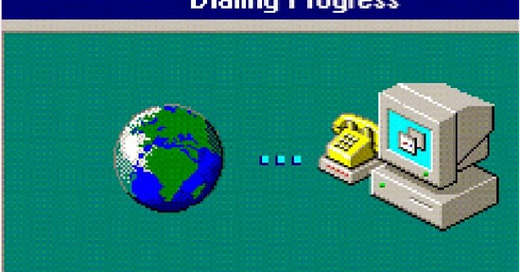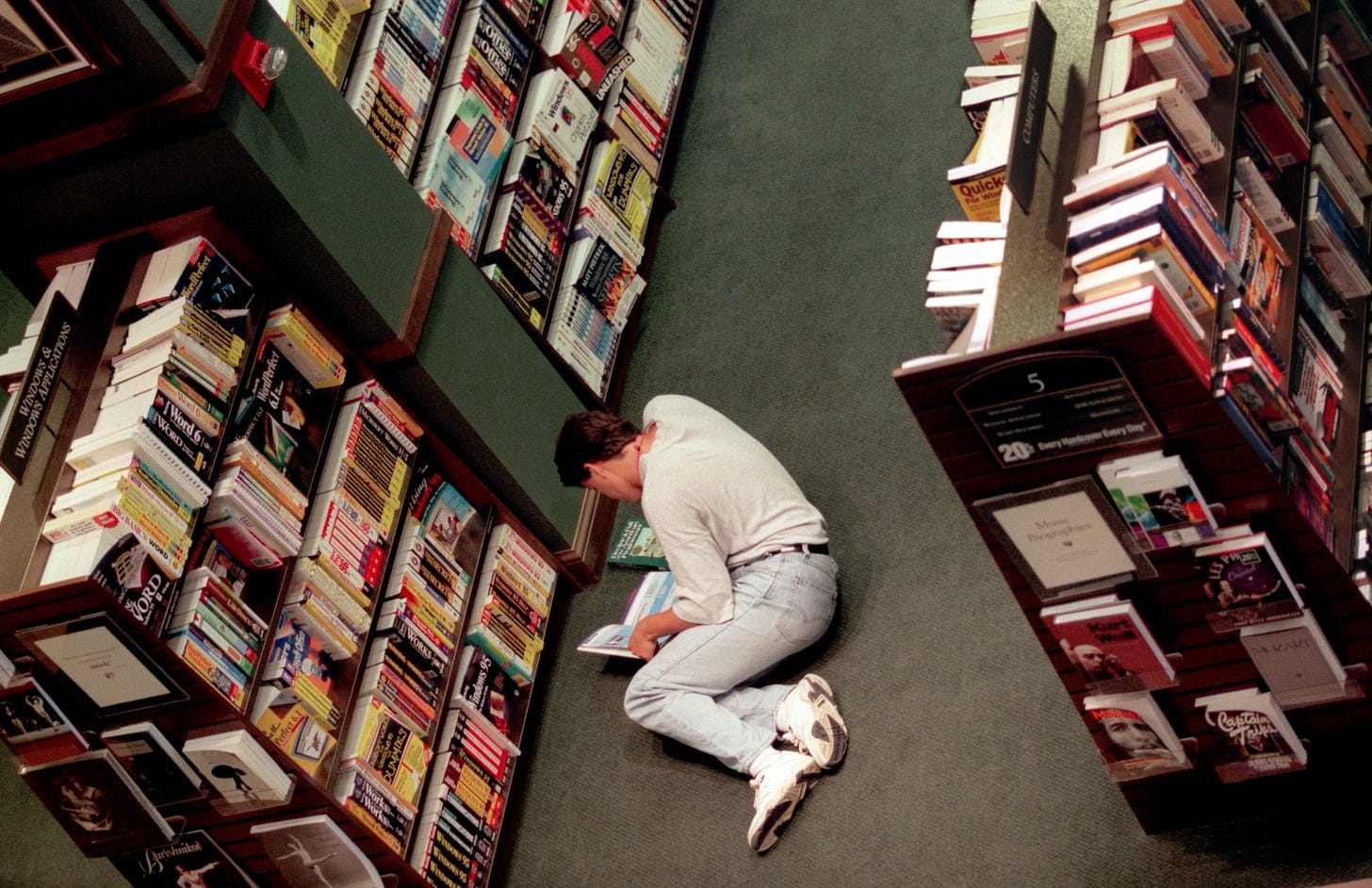Exploring Homogeneity in Today's Cultural Expression
In a world where trends cycle faster than ever, it's not uncommon to feel caught in a perpetual loop of sameness. From fashion to music to art, the distinct markers of each decade that once defined cultural identity have blurred into an omnipresent uniformity. The first time I mentioned this to someone was in the early 2010s, but it was more of a feeling than something with hard facts behind it. A decade later, what I've been feeling has been actualized.
The rise of the internet and the prevalent use of smartphones have undoubtedly played pivotal roles in this phenomenon, fostering an era where uniqueness struggles to emerge from the shadows of mass connectivity. Although the internet is deemed the ultimate democratizer of information and culture, it has also flattened global creativity. While it has granted us seemingly infinite access to various influences and inspirations, especially those that were hard to find or required some digging, it also has homogenized tastes and aesthetics.
Before the internet, and even in the early stages of its rise, there was a sense of discovery and curiosity in our daily lives. From seeking out music and flipping through magazines to exploring new retail shops or venues, discovering your tribe and surrounding yourself with meaningful experiences requires effort and engagement. Subcultures thrived, offering genuine connections rooted in shared lifestyles and beliefs. However, in today's digital age, the landscape has shifted. Rather than fostering deep connections and authentic experiences, the emphasis often falls on surface-level aesthetics. Pursuing a curated image has eclipsed the pursuit of genuine connection and shared values, leading to a culture where appearances often outweigh lived experiences.
The birth of smartphones, and the iPhone specifically, marked a seismic shift in how we consume and interact with culture and physical goods, for that matter. While this evolution has undoubtedly brought convenience and accessibility, it has also stripped away the tangible and tactile aspects of cultural artifacts. We saw a shift to DSPs for music and other streaming services like Netflix for movies. We no longer needed to explore or visit a store to consume products.
Another main shift was the advent of social media. Fostering community and helping people connect digitally with friends was the primary purpose. They now serve as echo chambers, perpetuating breakneck trends and amplifying the pressure to conform to a narrow definition of "cool" or "trendy." These echo chambers have resulted in discovery becoming increasingly passive and algorithm-driven. The sole focus of these algorithms is to tailor recommendations based on our past engagements and preferences. While it may be visually appealing, it further narrows our exposure to new and diverse content. Consequently, subcultural boundaries blur, and niche aesthetics rapidly infiltrate the mainstream.
The decline of clearly defined cultural markers aligning with specific decades is most evident in fashion. Gone are the days of distinct sartorial movements like the punk rebellion of the 70s, the excess of the 80s, or the grunge of the 90s. Instead, we find ourselves in an era characterized by "retro chic" aesthetics and constant nostalgia for bygone eras. Since the early 2000s, it feels like we've been cosplaying. Fashion trends recycle more frequently, often rehashing styles from previous decades with minor tweaks or updates. The formerly innovative and boundary-pushing industry has led to an endless cycle of reimagining the past.
To combat this endless cycle and get back to a place where originality rises to the top, I launched my creative practice and brand, Uniform Journal (UJ). UJ went live in 2012 as a platform to document my style and the inspiration behind my "uniform." By sharing my style choices, I aimed to provide insight into how I curated and expressed myself through fashion. The main focus was to have a journal for myself to look back on and provide documentation that would inspire others to explore their style and embrace their individuality.
Having lived through the shift to a digital world, I needed to publish, print, and make all I could available. Looking back to my archives and other blogs that are still online, which somebody can remove at any point from the internet, they can't delete my physical copies. I can shuffle through the bookshelf and find that one write-up in a now-defunct magazine from 2009 that featured me — but good luck trying to locate something that existed on the internet in 2009. That's where I see the current struggle with the internet as the final frontier of how we consume culture. We're taking everything at face value, and there's so much information that we're exhausted just thinking about reading that article or watching a 30-minute video for more context. If we don't develop a proper understanding of history, basing our lives and decisions on the cliff notes, there's no foundation for us to build a future on. Nor will that help us learn and move forward by innovating on previous creations.
In today's digital landscape, the only limit is one's imagination. Platforms like Instagram, TikTok, and YouTube have become virtual galleries, allowing individuals to share their talents and passions with a global audience at the click of a button. I appreciate that the internet has democratized creativity in previously unimaginable ways.
And I am where I am today with the virtual communities and online forums that incubated my ideas. But, on the flip side, the internet is strictly a tool. It's not the end-all-be-all. Real-life experiences are necessary to understand our decisions and place in the cultural ecosystem. Those who live a balanced digital & analog life tend to understand better how everything works together. And that's what I want people to take away from my work.
I constantly emphasize that personal style is a form of self-expression, like an artist approaching a blank canvas. Uniformity within individuality is intriguing—despite having access to identical clothing items, each person's unique arrangement and interpretation of their attire sets them apart. UJ promotes authenticity and encourages people to embrace their style choices rather than conform to external pressures. Our focus on self-expression and individuality is particularly relevant in today's culture. A lot of what I see on the internet is "Where did you get that?" or "How much was your (blank)?" and those questions should have nothing to do with why you chose to wear it. I'm more interested in questions like, "How does wearing that make you feel?" or "What are some things you've encountered in life that guided you to make this fashion choice?". Sometimes, it's not that deep, but for 90% of the things I own, there's a more profound connection than "seeing it online" and being interested in it.
However, amidst this sea of uniformity, there are still glimmers of hope for innovation and a unique identity. A new set of creative tools and platforms has empowered individuals to carve out their niches and subvert traditional norms. Independent artists and designers can reach global audiences without the need for conventional gatekeepers, fostering a more diverse and inclusive cultural landscape. Likewise, the resurgence of interest in sustainability and ethical consumption has sparked a reevaluation of our relationship with material culture, paving the way for more conscious and considered expressions of personal style.
Despite the sensation of being trapped in a loop of cultural repetition, the reality presents a more nuanced picture. The internet and smartphones have undoubtedly reshaped how we engage with culture, fostering a sense of homogeneity that can be both stifling and liberating. Yet, beneath the surface, a constant undercurrent of creativity and innovation is waiting to be unleashed. As we navigate this ever-evolving landscape, embracing the past while forging ahead toward a future where individuality and authenticity reign supreme is essential. Only then can we break free from this loop and chart a course toward new horizons of cultural expression.










